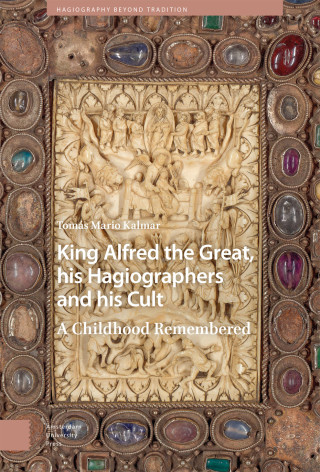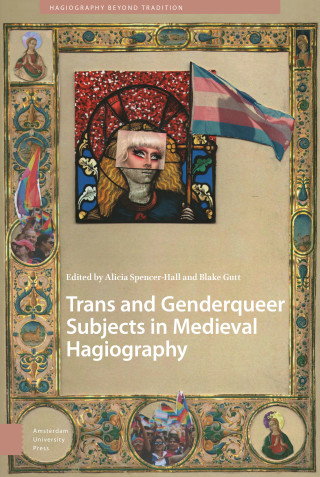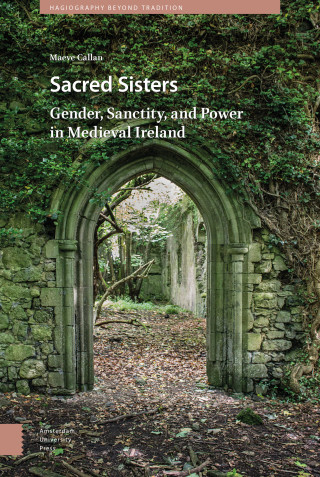
- Series editors
Alicia Spencer-Hall, University College London
- Geographical Scope
- Medieval Christendom - Eastern and Western Europe, including Byzantium
- Chronological Scope
- 500–1500
- Editorial Board
Martha Newman, University of Texas
Sarah Salih, King’s College London
Bill Burgwinkle, University of Cambridge- Keywords
- Hagiography, interdisciplinarity, embodiment, critical theory, gender, queer, saints, spirituality, trans, religious culture
- Flyer
- Download flyer
Hagiography Beyond Tradition
The study of sanctity in medieval Europe is starting to elicit cutting-edge, innovative and genuinely interdisciplinary scholarship that destabilizes what people have conventionally considered to be hagiography. This is demonstrated in the topic range of panels sponsored by the Hagiography Society at recent landmark medievalist conferences. While hagiography has traditionally been understood only in religious terms, recent scholarship moves beyond such frameworks to consider alternate ways of identifying and representing exemplary people. So doing, such research emphasises modern cultural analogies and resonances with medieval figures.
It is not enough, however, to approach saints’ lives with a “sexy” modern framework. The best scholarship is rooted in analytical rigour, close attention to context(s), and a keen awareness of the potential pitfalls of anachronism, all the while accepting that anachronism can often be productive. This series provides a home for the kind of work that negotiates that border between the traditional and the contemporary and encourages scholarship enhanced by interventions drawn from celebrity studies, trans studies, crip theory, animal and monster studies, the history of senses and the emotions, media studies, and beyond. Rather than considering hagiography as a single genre, the series is open to expanding the ways in which we imagine how people come to be offered for veneration, as well as the media and genres in which they are fashioned, represented, and celebrated.

Rewriting History and the Myth of the French Nation

Disability and Sanctity in the Middle Ages

St. Elisabeth of Thuringia

King Alfred the Great, his Hagiographers and his Cult

Trans and Genderqueer Subjects in Medieval Hagiography

